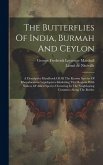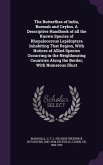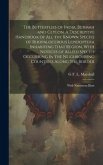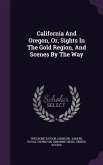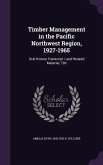Master's Thesis from the year 2013 in the subject Archaeology, , language: English, abstract: The rock art of Iringa Region was firstly reported by Prof. Pamela Willoughby who led a research team that discovered important archaeological occurrences including Middle Stone Age (MSA), Later Stone Age (LSA) with animal and human remains, rock art and Iron Age sites. Based on their research objectives and other constraints no detailed study was conducted on the rock art. This research conducted in Iringa Region aimed to survey, document and record in detail the rock art sites. It discovered two new rock painting sites and also studied two sites that were discovered in 2006 by Willoughby and her team. The rock art of Iringa belongs to two rock art traditions: Hunter-forager and Bantu-speaking art traditions, the former is dominated by naturalistic animal and human figures executed in dark-red pigment while the latter consist of schematic animal and human figures as well as geometric designs executed in white colour. The comparative study show that the rock art of south, central and north central Tanzania share same traditional motives. It was revealed in this that only two rock-shelters with rock paintings are well preserved, the rest are in a poor state of preservation. The major threats affecting these priceless and none renewable resources include the anthropomorphic, natural agents. These rock paintings need to be preserved for future generation because of their cultural, scientific and economic values.
Hinweis: Dieser Artikel kann nur an eine deutsche Lieferadresse ausgeliefert werden.
Hinweis: Dieser Artikel kann nur an eine deutsche Lieferadresse ausgeliefert werden.


